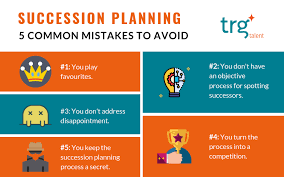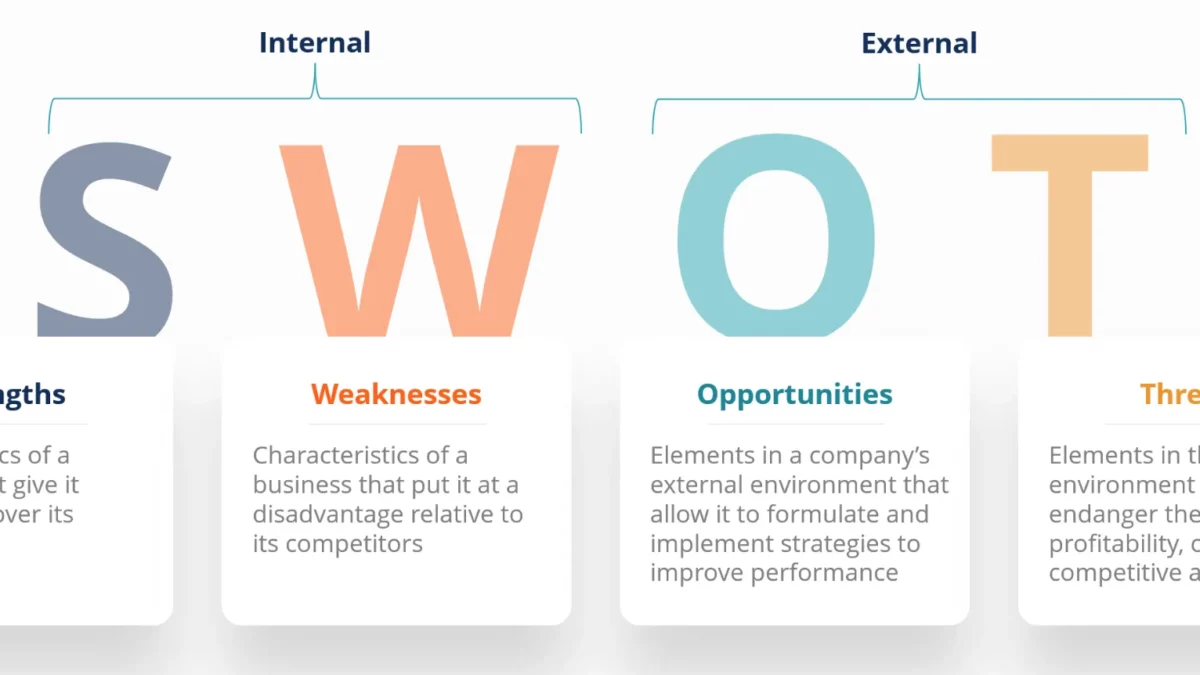
Succession planning is the process of identifying, developing, and positioning employees to fill key roles within an organization. It is a critical component of any human resources (HR) strategy, as it helps to ensure that the organization has the right people in the right roles to achieve its goals.
There are many benefits to succession planning, including:
- Increased organizational resilience: By having a plan in place for replacing key employees, organizations can reduce the risk of disruption caused by unexpected departures.
- Improved employee morale: Employees who know that they are being considered for future opportunities are more likely to be engaged and productive.
- Reduced costs: Succession planning can help to reduce the costs associated with recruiting, hiring, and training new employees.
There are a number of different approaches to succession planning, and the best approach for an organization will depend on its size, industry, and culture. However, there are some key steps that all organizations should take when developing a succession plan.
- Identify key roles: The first step is to identify the key roles within the organization. These are the roles that are critical to the organization’s success and that would be difficult to replace if the incumbent left.
- Assess current talent: Once the key roles have been identified, the next step is to assess the current talent pool. This includes identifying employees who have the skills, experience, and potential to fill these roles.
- Develop talent: The third step is to develop the talent pool. This may involve providing employees with training, development opportunities, and stretch assignments.
- Position talent: The final step is to position talent for future opportunities. This may involve assigning employees to key projects, mentoring them by senior leaders, or giving them visibility within the organization.
Succession planning is an ongoing process that should be reviewed and updated on a regular basis. By taking the time to develop a succession plan, organizations can ensure that they are prepared for the future and that they have the right people in the right roles to achieve their goals.
Here are some additional tips for effective succession planning:
- Get senior leadership buy-in: Succession planning is a strategic initiative that requires the support of senior leadership. Make sure that the CEO and other senior leaders are committed to the process and that they are willing to allocate the necessary resources.
- Involve employees: Succession planning is not just about identifying and developing talent. It is also about engaging employees and giving them a sense of ownership over their own careers. Make sure that employees are involved in the process and that they have opportunities to share their thoughts and ideas.
- Be flexible: The world of work is constantly changing, so it is important to be flexible with your succession planning. Don’t be afraid to adapt your plans as needed.
- Measure your results: Succession planning is an investment, so it is important to measure the results of your efforts. This will help you to determine whether your plan is effective and to make necessary adjustments.
By following these tips, you can create a succession plan that will help your organization to thrive for years to come.





